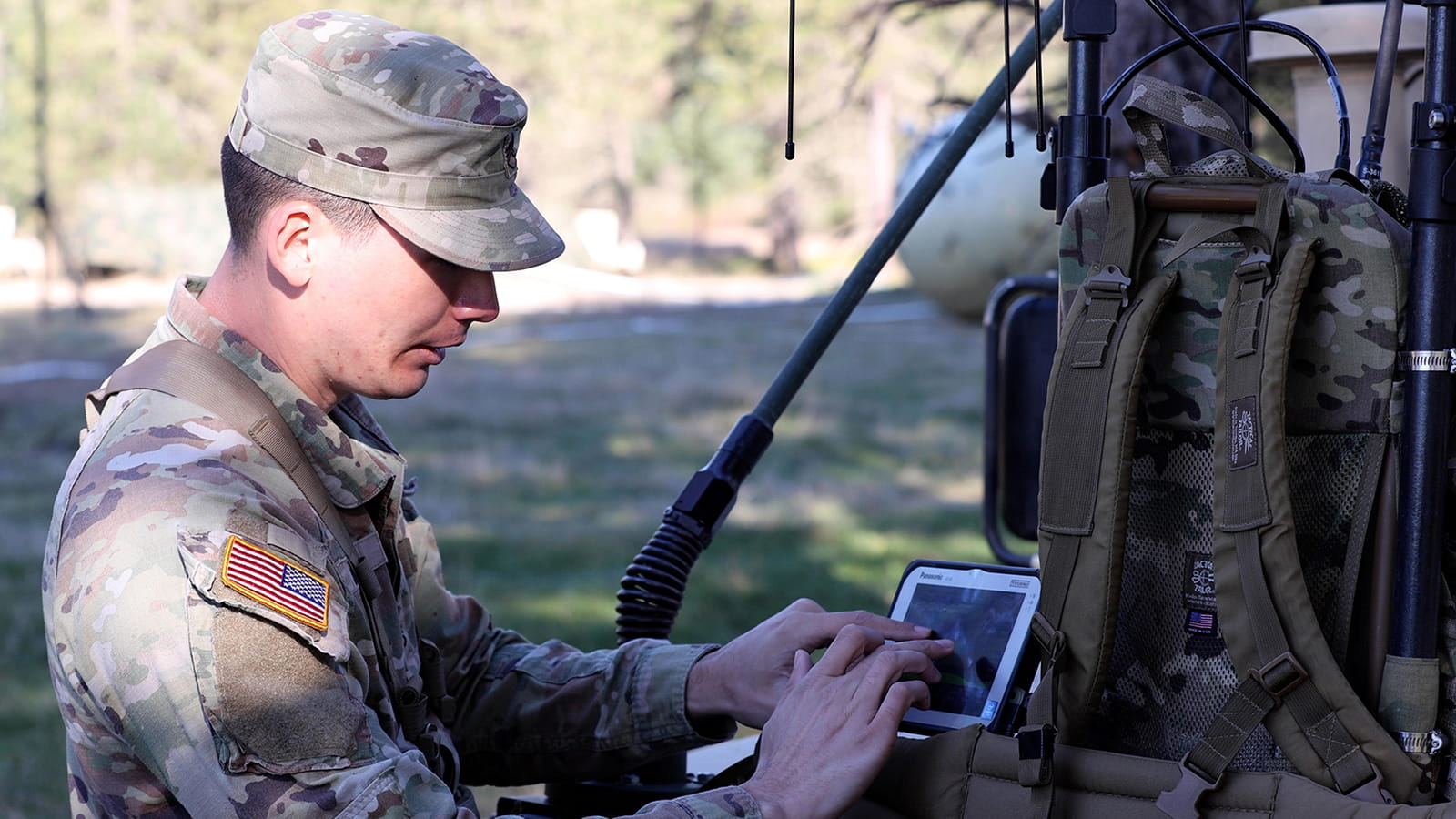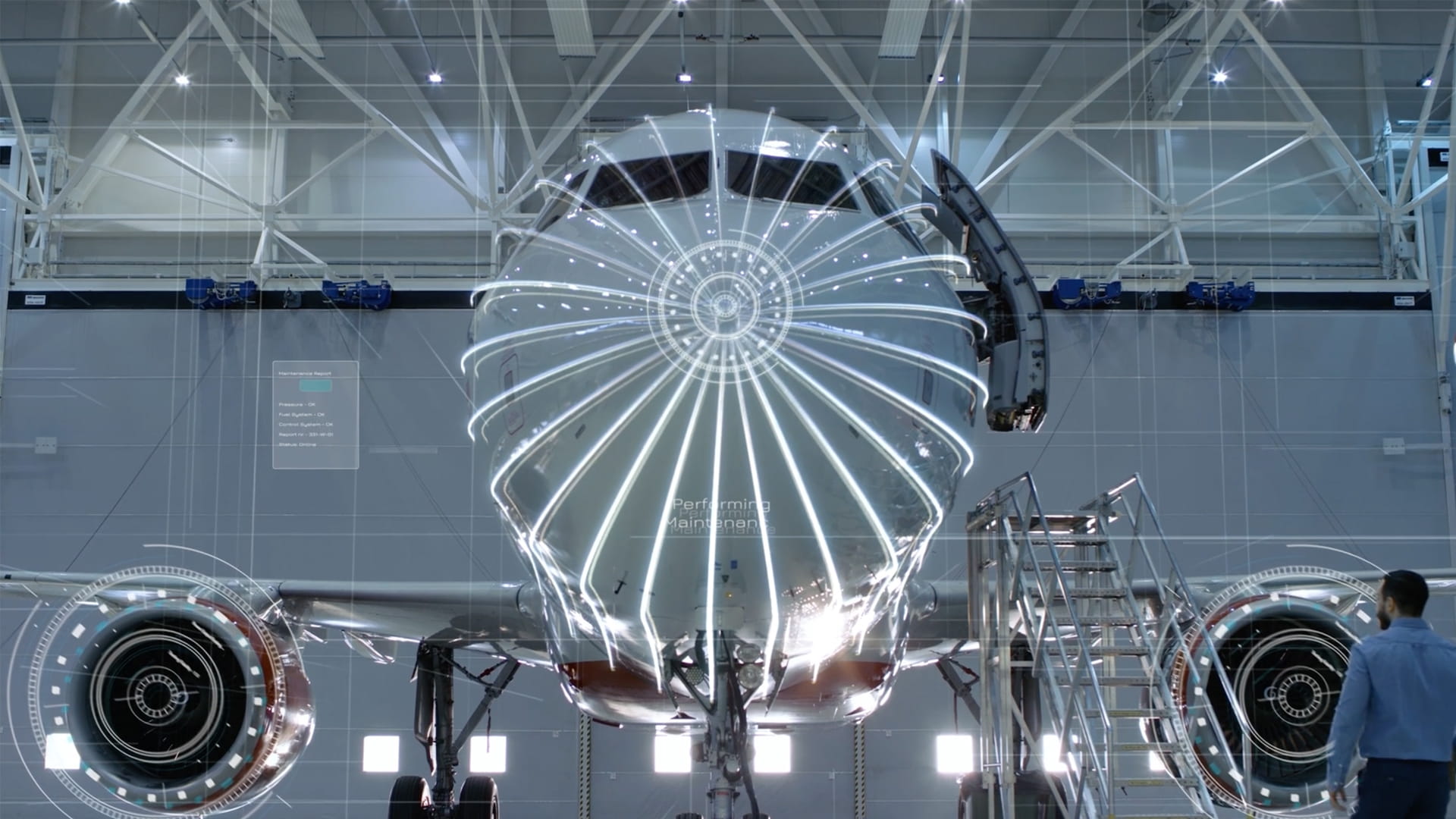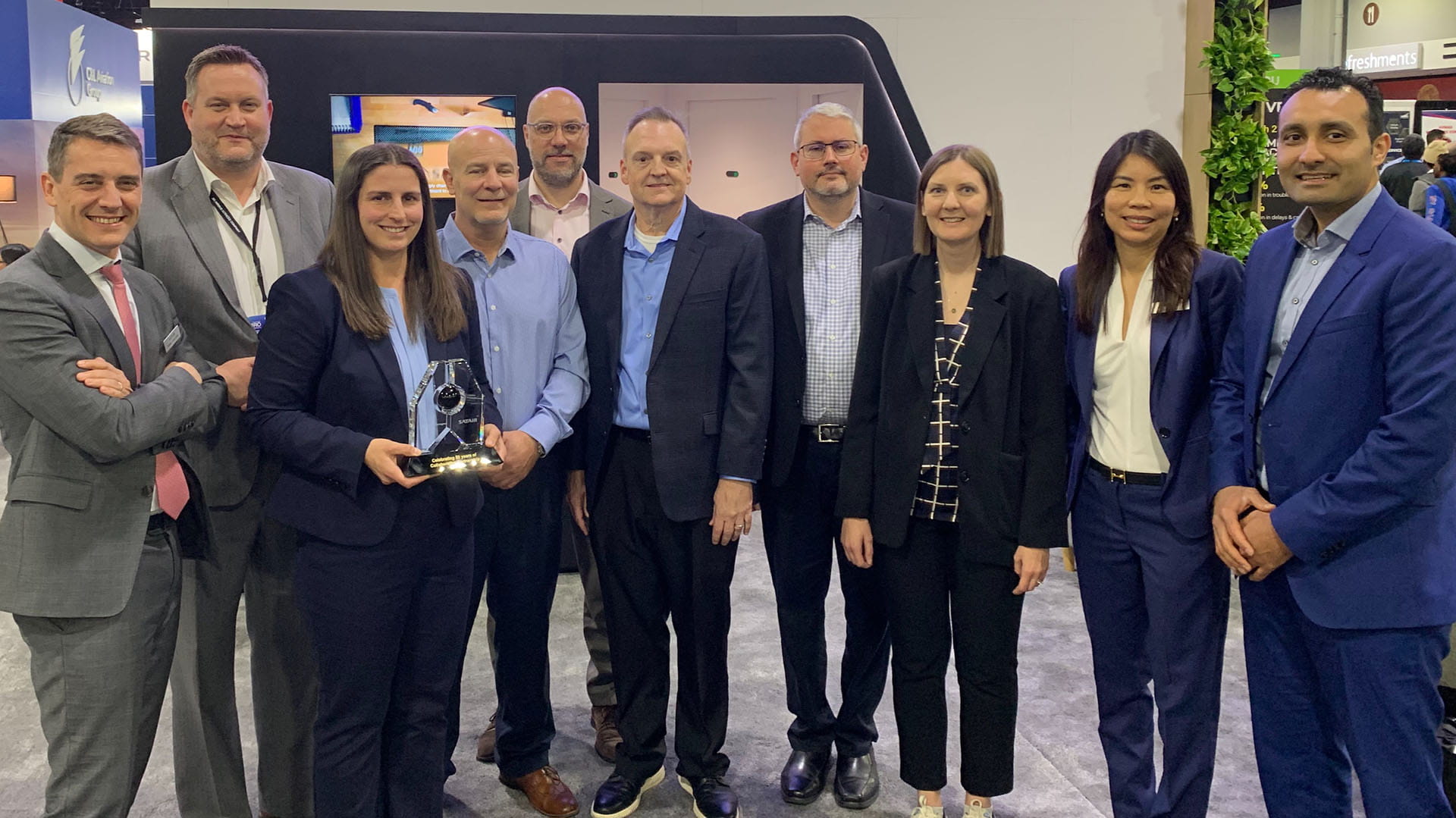Mission management on the move
A new Collins Aerospace system enhances U.S. Army mobile command and control
Working from a few green tents with muddy plywood floors, the U.S. Army’s 1st Multi-Domain Task Force monitors the surrounding area and can cue a response to a threat.
If a mission required them to move, though, they’d have to work around time-consuming security protocols, complex software requirements, and unreliable network connectivity to get back up and running.
“Navigating security protocols and establishing a fixed operations center in an austere environment is already a huge undertaking,” said Maj. John Lucero, a deputy digital scientist for the 1st MDTF. “However, if we need to pack up our systems, establish connectivity in a moving vehicle, and maintain seamless operations, then we’ve added substantial complexity to our mission.”
The unit, which is tasked with coordinating capabilities across domains, wanted a new way to pick up at a moment’s notice. Collins Aerospace, an RTX business, helped prove it was possible.
During a recent exercise, the task force and Collins demonstrated their ability to conduct a mission on the move. Specifically, they took equipment with mission software from a fixed location to maintain operations in a vehicle equipped with satellite and 5G internet to sense a threat, make sense of the data and conduct a simulated fires response.
“Within minutes, the hardware was out of the tent, into the vehicle and fully operational,” said Chadwick Ford, who led the Collins team.
“We were enabling them to conduct mission command on the move and provide continuous mission command, so they can leave, go somewhere else, and continue their mission.”
Chadwick Ford, Collins Aerospace
The task force and the exercise are part of the Army’s goal to improve multi-domain operations, a military concept that emphasizes moving information quickly and resiliently from many different environments so commanders can make more informed decisions.
Collins calls the system Next Generation Battle Management On The Move.
“It’s an integrated capability our team quickly pulled together from multiple technology portfolios to show how mobile command and control can be deployed and distributed,” said Elaine Bitonti, vice president and general manager for Collins’ Connected Battlespace and Emerging Capabilities organization, which integrates multi-domain solutions across RTX.
In addition to providing the ability to connect to secure networks, it uses artificial intelligence and machine learning to help the task force quickly sift through data and recognize threats.
How they did it
It’s difficult enough to work through security protocols and set up an operations center in a fixed, remote location. To maintain connectivity in a mobile vehicle, the Collins team spent about two weeks with the task force to refine and test the system, which had been developed over the last year.
“Making the transition from fixed site to mobile operations must be seamless for the operators,” Bitonti said. “This requires testing, iterating and refining that capability at the operational edge – ensuring combatants can operate in all conditions.”
Since 2021, Bitonti said her team has invested heavily in working alongside their customers at exercises like this to deliver capabilities tailored to operator needs.

A member of the U.S. Army’s 1st Multi-Domain Task Force participates in the exercise that demonstrated the unit could conduct a fires mission from a moving vehicle using a system from Collins Aerospace.
By day, they worked with the unit under a small roadside awning that provided shelter from daily downpours and blistering sun. They refined the design of the system’s hardware and software and used that prototype to show how the system integrated with third-party and government applications already in use by the 1st MDTF.
By night, the team adjusted the software’s code and set up equipment to prepare for the next day of testing and demonstrating.
“That was the neatest part about all this – you can put things on paper and say, ‘I believe this to be true,’“ Ford said, “but after you get there, and you’re in that environment, you truly understand what they’re going through. And they can truly understand what the technology can do for them.”
Ford said the exercise proved the concept was viable and believes the next version will cut the exercise time in half. They also plan to improve the configuration for greater flexibility and distributed operations. Building the capability in phases means the task force can use the technology as it improves rather than waiting for a final product.
“Soldiers have missions, and they will execute with whatever they have. They can’t wait for what’s coming next,” Ford said. “We broke bread with the unit there, and we have a common interest and goal, where our team is invested in helping the soldiers perform.”



